There are tons of powerful women throughout history–ones that have successfully held political positions, advocated for civil rights and women’s rights, and made profound scientific discoveries. While their names may be familiar, there is often a lot more to these figures than just one fact. In honor of Women’s History Month, we’re highlighting five women from our book WHO WINS?: 100 Historical Figures Go Head-to-Head and You Decide the Winner by Clay Swartz, illustrated by Tom Booth that we think are worth knowing more about.
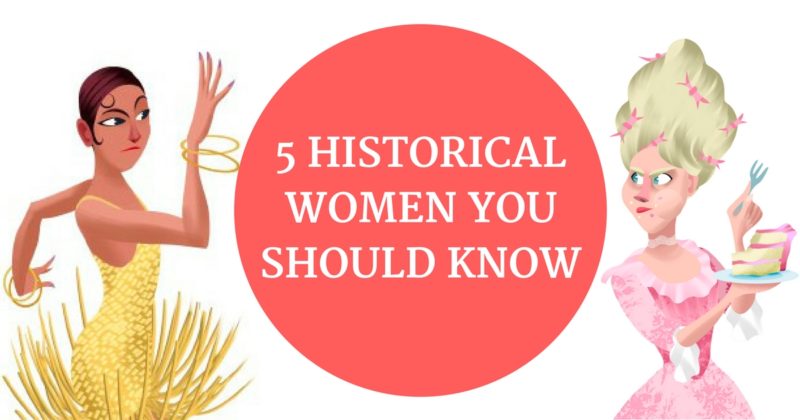
Marie Curie (1867-1934)
Well-known fact: She died of radiation.
While her work with radiation is known to have killed her, most people don’t realize the milestones she reached for women in science. Growing up during a time when it wasn’t encouraged for women to be educated, Marie was able to attend Paris’s Sorbonne University, where she earned two master’s degrees. So began a long list of “firsts” she accomplished. She was the first woman to earn a doctorate in Paris and the first in the world to have earned a doctorate in physics. She was also the first woman to be a professor at the University of Paris. Curie’s work in the sciences made her the first woman to win a Nobel Prize, the only woman to have won two prizes, and the only person to have earned the prize in two different sciences. Her husband, daughter, and son-in-law also earned Nobel Prizes.
Josephine Baker (1906-1975)
Well-known fact: Martin Luther King gave an “I Have a Dream Speech.” But Baker spoke at the March on Washington too.
Starting her life with little money, Josephine Baker went from eating scraps of food from garbage cans to being a star performer. She would dance and sing across America for money, but it took moving to France to become extremely well-known. Despite becoming one of Europe’s most successful performers, Americans did not appreciate her as much due to her race. This encouraged her to become active in the Civil Rights Movement, including speaking at the March on Washington. She also made her mark on history by working for the French Resistance during World War II.
Joan of Arc (1412 – 1431)
Well-known fact: She was a war hero.
Joan of Arc is a war hero? That’s certainly true. But most people don’t realize that she claimed holy voices are what inspired her to fight for France beginning at the age of 13! Disguised as a boy she motivated others with her risky battle tactics, including leading an underdog group of soldiers to successfully take back a city. While she was injured multiple times throughout the war, she kept returning to battle, adding to her fame. Eventually she was captured and burned alive at the age of 19. Nowadays it is believed she suffered from epilepsy or schizophrenia.
Cleopatra (69 – 30 BCE)
Well-known fact: She was a beautiful ruler of Egypt.
Beauty was important to Cleopatra–she even took baths in donkey’s milk to keep her skin healthy–but she was also very smart and ambitious. She spoke nine languages and took the throne at age 18 after marrying her brother. Wanting the throne for himself, her brother banished Cleopatra. This motivated her alliance with Julius Caesar in order to take back power. From there, she decided to try and conquer the Roman Empire. After being forced out of Egypt due to her loss, she committed suicide by allowing a venomous snake to bite her.
Marie Antoinette (1755 – 1793)
Well-known fact: Marie Antoinette said, “Let them eat cake.”
Historians actually debate whether she said the quote that most people know her for today. As a symbol of elitism, her extravagance is what angered many French commoners. Married off at 14 years-old, she spent excessively as queen, and maintained elaborate hairstyles that were said to be four feet high. Marie was considered very social compared to her husband. Despite her appearance, she also had a tomboyish side that loved to ride horses and go hunting. Eventually she was one of the many victims of the French Revolution’s guillotine.
***
We hope you’ll take some time this month to talk to everyone about these historical figures and events in women’s history! Afterwards, we suggest googling Nellie Bly, Clara Barton, Eleanor of Aquitaine, Hypatia, and Mildred Ella Didrikson . . . there may be a pop quiz soon . . .
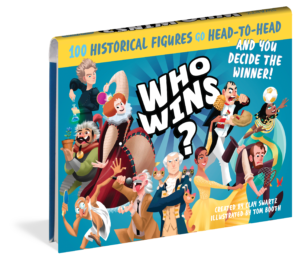 About the Book:
About the Book:
Let’s say Charles Dickens challenges Mother Teresa to a lightsaber duel—they’re both equally fit, so will his superior artistry overcome her advantage in bravery and leadership? Or who wins karaoke—Nelson Mandela or Jane Austen? They certainly both have a way with words, but Mandela’s over-the-top courage might take the day.
Mixing and matching 100 historical figures in 50 competitive categories, from Ping-Pong to climbing Mount Everest, Who Wins? turns history into a compelling game, which means kids learn while having fun in the process. Each of the famous people is given a short bio and ranked in six categories—bravery, leadership, artistry, wealth, wisdom, and fitness.
And because there are no right answers, the reader decides, and in the very act of deciding and justifying the answer, real learning has taken place.
A 2017 YALSA Quick Pick for Reluctant Readers.
Buy the Book
Amazon | B&N | Indiebound | Workman

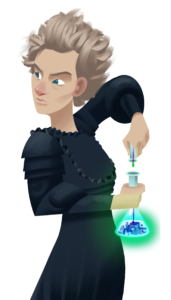
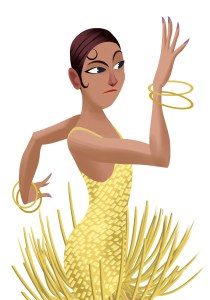
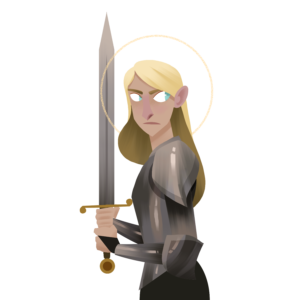
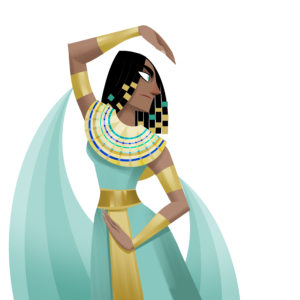





No Comments